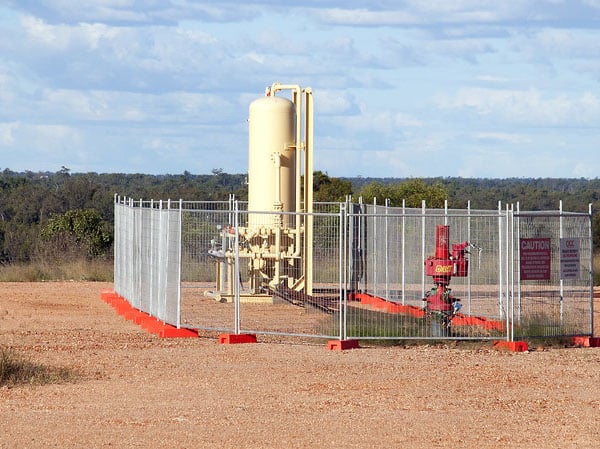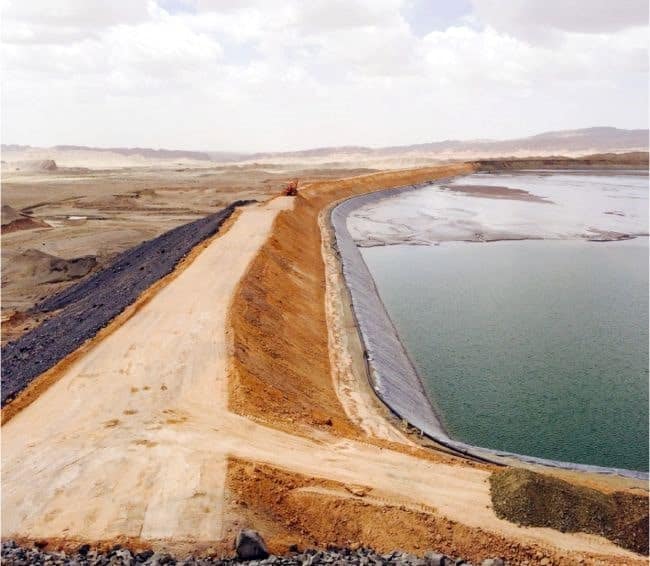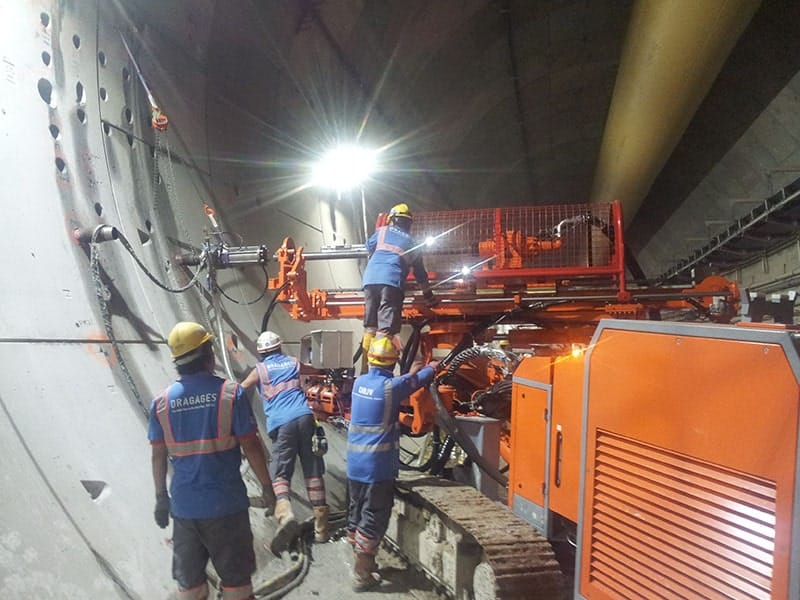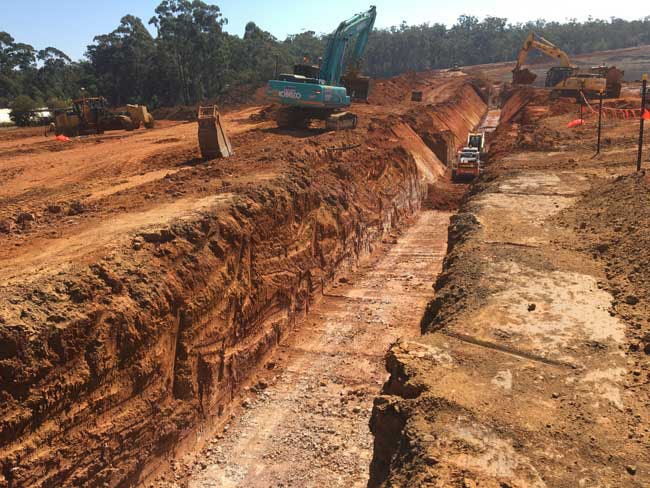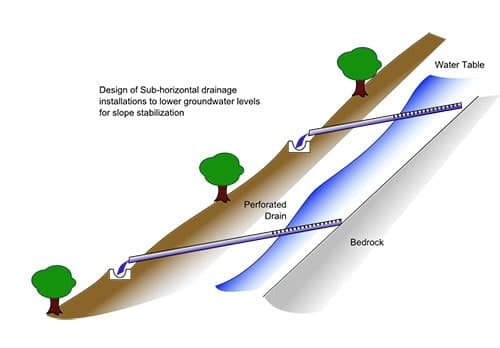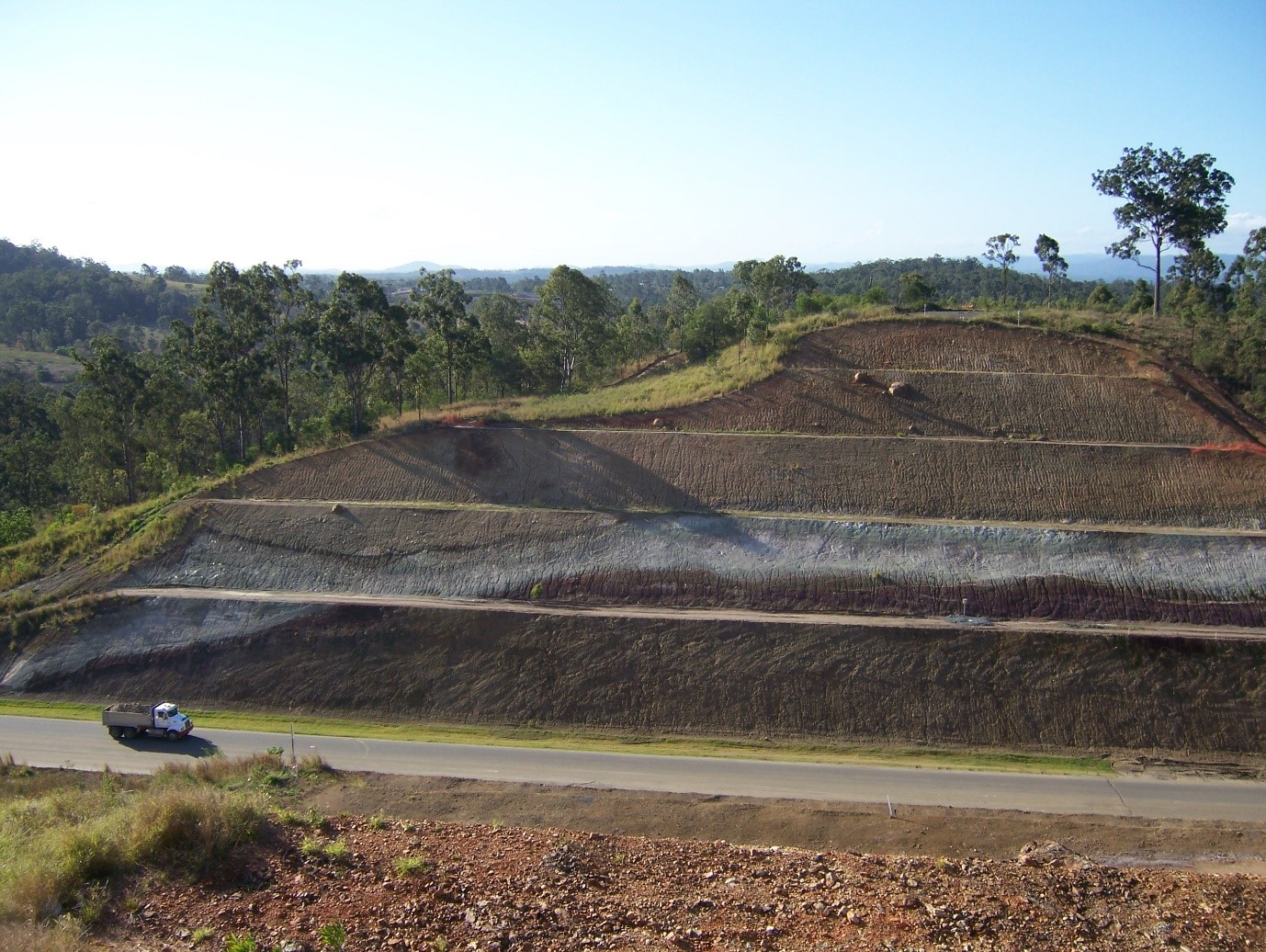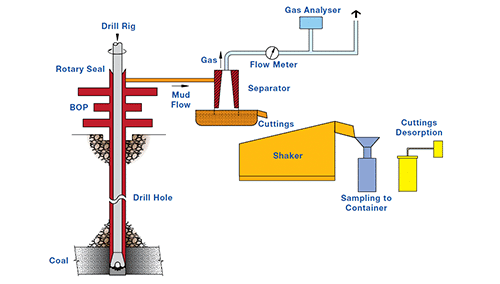Proximate and Moisture Analysis
One of the most important ways to characterise a coal is to determine its content in terms of mineral matter, volatile organic matter, fixed carbon and moisture content. These are measured through a standard process of heating small samples. These tests are described in the Australian Standard AS 2434.1. The ratio of volatile matter to fixed carbon is an indicator of the rank of the material.
Carbonate Content
Because of the importance of carbonates within the cleat structure of coal, especially on permeability, two tests have been devised to measure the fraction of this material within the coal. They both use acid to dissolve the carbonate and measure the quantity of carbonate. One test is conducted on coal lumps to give an estimation of the carbonate on cleat surfaces while the other is conducted on ground coal. The latter is to determine the total carbonate mass. Determining the amount of carbonate on cleat surfaces is important in assessing how acid treatment will improve permeability.
Coal Shrinkage
Coal has an unusual property in that as it desorbs gas, it reduces its dimension. This is important as it affects the stress within the coal and therefore its permeability. Along with other parameters coal shrinkage is used in determining the stress changes that occur with drainage. This process of analysis is called determining the stress path of the coal. As coal permeability is extremely sensitive to stress, determining how its stress changes is important. This is called stress path analysis.
Core Permeability Testing
Core permeability testing is suitable for homogeneous rock with fluid pathways that are much smaller scale than the core. Because coal permeability is dependent on its cleat network, which is often at a scale approximating the coal core itself, the technique is not useful.
Coal Structure – At the Core Level
Because the behaviour of coal is highly dependent on its structure, the process of polishing orthogonal sections of core and examining these is undertaken. It reveals information on how the fractures within the coal affect its ability to drain and the propensity to outbursting.



